At CarnivoreWeb.com, we independently review products and outfitters. However, we may earn a commission when you purchase products through links on our site. Read our affiliate policy. Read about how we test products.
We arm you with the basics of dove hunting, so you can get in on the fastest-paced hunt of the fall.
Dove hunting is the official start to fall. I think of dove season as part social event and the precursor to pheasant, deer, and duck hunting. Typically, the weather remains warm, and the hunt is anything but strenuous. If you can walk to a dove hunting field, you can easily hunt doves, so it is a good hunting experience for new and older hunters alike. Sometimes you see a family building memories and passing the tradition to the newest generation.
Dove Hunting Seasons
Dove hunting is usually the kick-off to the hunting season. Most dove seasons open in September and are split into multiple periods. Typically, each period is about one month. The actual dates may vary by location. I like the generous bag limits, which are typically 15 birds a day. Check out your state’s wildlife website for specific dates and bag limits.
Where To Go Dove Hunting
Dove hunts take place in cut agricultural fields or planted food plots. Anything from sunflowers, corn, millet, wheat—doves aren’t picky eaters. Just like deer hunting or any type of hunting, your options are to hunt private land or public land.
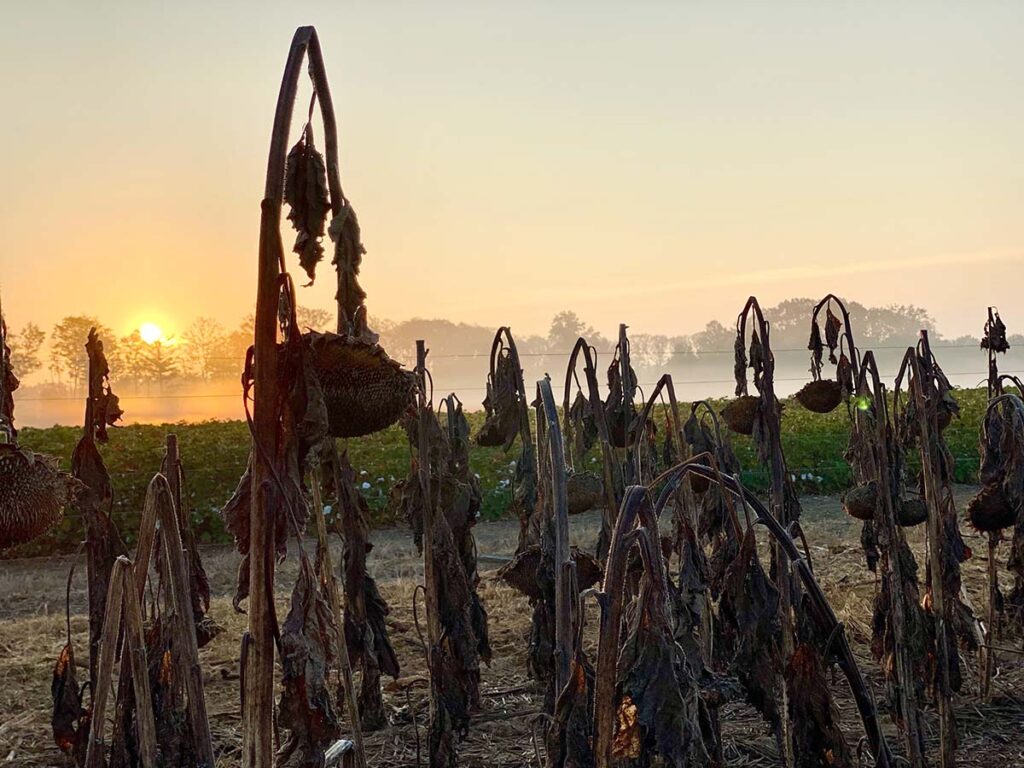
You will need to do some scouting to see where the doves are congregating. I look for doves perched on power lines, along dirt roads, and in leafless dead trees. The best time to go is late in the afternoon. Look for a spot that has about a dozen or more doves. The field nearby will almost certainly have some hot and heavy dove action the next morning. Remember to ask permission to hunt private land.
On public land, the same type of scouting applies. Many states maintain dove fields in game lands and state forests. Scout those areas before opening day to stack the chances in your favor. Heavy hunting pressure can quickly burn out public lands in the first day or two of dove season. I usually take a break after the first three days and re-scout public lands.
Changes in weather temperatures can cause resident birds to move on while bringing in doves from other areas. When hunting public lands, remember to have the proper permits. Your state’s wildlife website can provide you with permit information, maps, and other details on where to hunt doves in your state.
Best Time To Hunt Doves
The best time to hunt doves is either early in the morning, when shooting hours usually begin half an hour before sunrise or in the late afternoon, a few hours before sunset. When I can’t make the early or late times or I want to miss the crowds, I go mid-morning. Fewer birds are moving at this time, but it is a great time to have the field to yourself.
Dove Hunting Tips
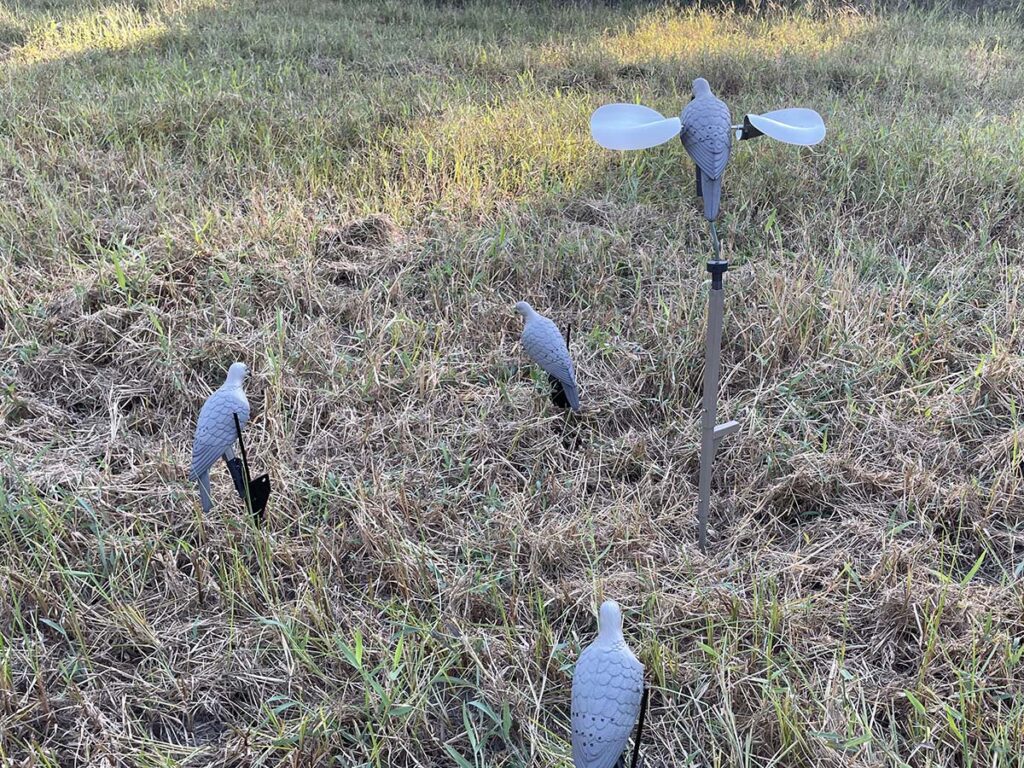
Once you have a field scouted and you choose a time of day, grab your gear, and hope that you practiced enough before dove season to take on the challenge of these gray flying speed demons.
If it is opening day, expect to share the field with hunters and, in some cases, a lot of other hunters. On opening day, everyone and their uncle, cousins, and in-laws show up hoping to bag their limit of doves. Sometimes it can feel like you are elbow to elbow, but remember to be safe and courteous. A smile and a “good morning” can go a long way.
Typically, dove hunters will line up along one side of the field. If there is room, leave at least 25 to 30 yards between hunters; that way, you won’t be shooting at the same dove at the same time. As the doves come in, some hunters will shout “bird” to give the line of hunters a heads-up. Usually, the sound of the flying doves is enough to alert everyone. Wait until the doves are at 30 yards and choose your shot. Make sure there is some sky under your barrel before you take the shot or the back stop to your shot is a safe tree line. Avoid low shots and shooting across another hunter.
If you hit a dove, watch where it falls and make a mental note where it landed, near a clump of grass or mowed edge. After the wave of doves has subsided, you can go out and pick up your birds. I like to pick them up as soon as I can, so I don’t forget where they landed and I’m wandering the field looking for them when more doves might be coming in.
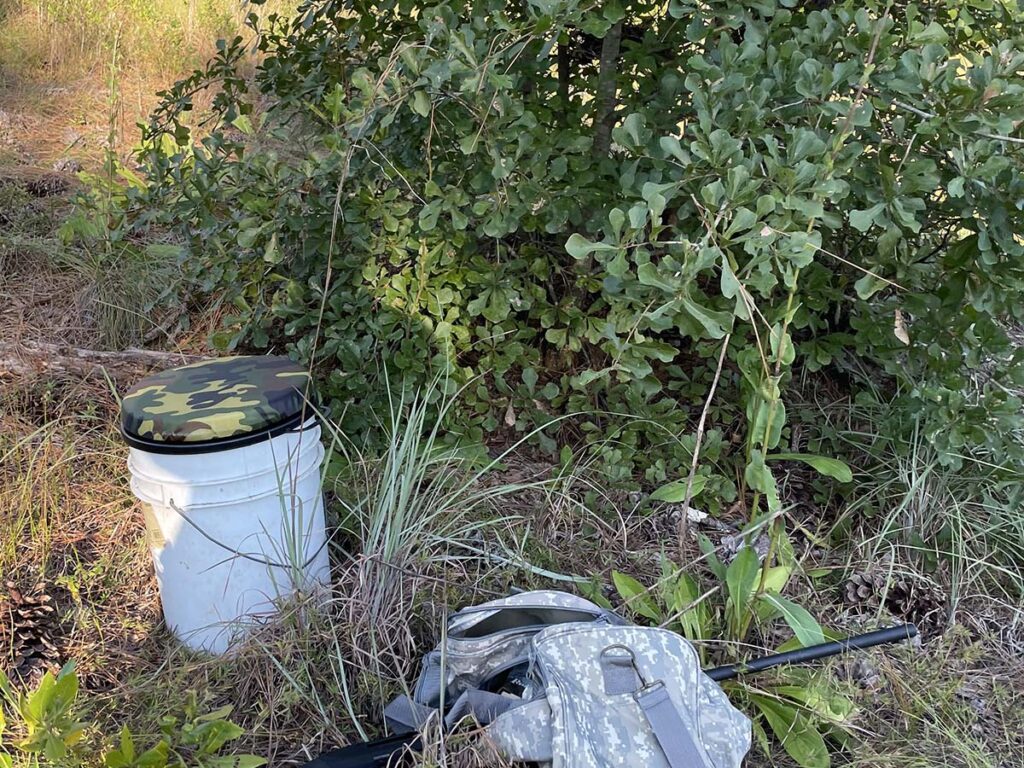
Don’t go into dove hunting season cold. Shoot skeet and sporting clays prior to opening day to bring back that muscle memory and dust off your shotgun shooting skills. Even informal clays thrown in the back field will help you to get back in the swing and get on target. There is nothing like blasting a bunch of clays before dove season to build confidence. Dove hunting can be humbling even to the most experienced dove hunter. Spend the time and invest in a few practice sessions before opening day.
Best Shotguns For Dove Hunting
The gun you use for pheasant hunting or duck hunting will work just fine for dove hunting. Semi-automatics, over/unders, or pumps will all work especially well if you are comfortable and confident shooting the shotgun. Pump guns and semi-autos have an edge over double-barreled shotguns since they can hold an extra shell, which may mean the difference when the birds are flying hot and heavy.
Best Shotgun Gauge For Dove Hunting
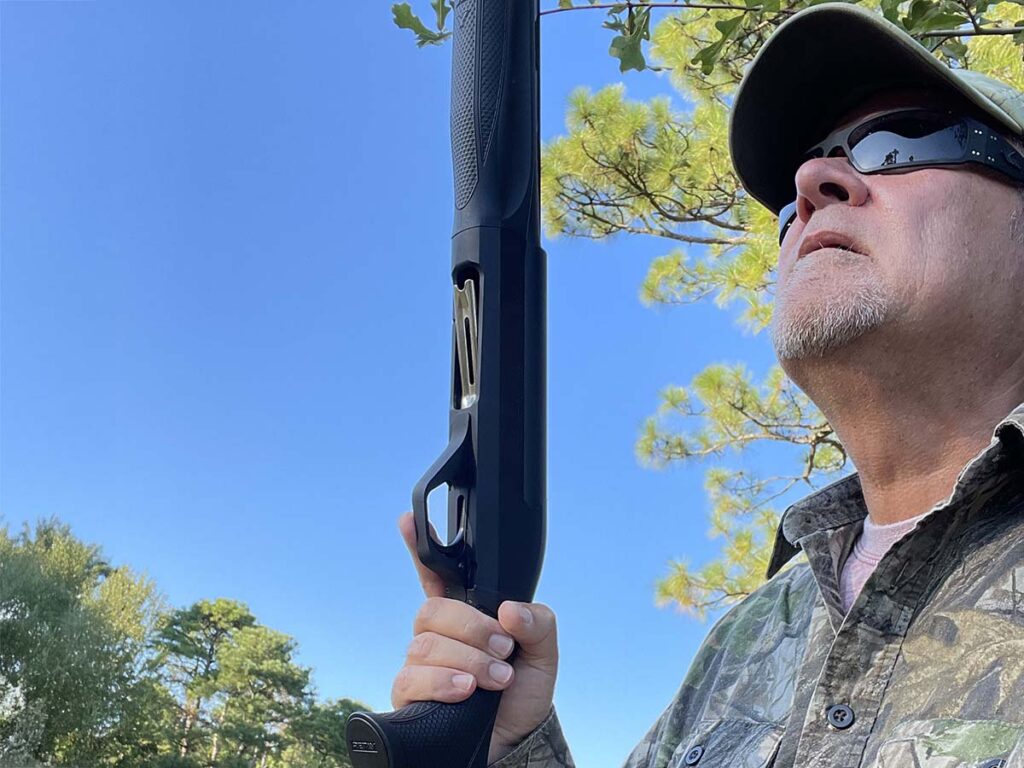
The same goes for gauge. Any shotgun gauge is good for dove hunting—12, 16, 20, and 28, as well as .410. Just be aware that the smaller gauges are best used in the hands of experienced dove hunters. A 12 or 20 gauge is the most popular gauge. I prefer a semi-automatic or pump in 20 gauge because they are lightweight and scaled down for the smaller shell and have less recoil than a 12 gauge. Trust me, you might be standing in a dove field for a few hours and a lightweight shotgun is user-friendly. To me, it is also more challenging to use a 20-gauge instead of a 12-gauge. The compromise with a 20 gauge is that there are fewer pellets in a 20 gauge shot shell than in a 12 gauge shell. A 20-gauge is also a good option for small-stature shooters and those more sensitive to recoil.
Best Dove Hunting Chokes
The best choke options for dove hunting really depend on when you are hunting. Early in the season, before the doves are wary, the best chokes to use in Improved Cylinder (IC) or Skeet are those, since the doves will be much closer. For early birds, these two choke options offer a wider pattern spread. For late-season dove hunts, when the shots are farther away, a Modified (M) choke is best for 30 to 35 yards. For even longer shots, say out to 45 yards, use an Improved Modified (IM) choke. Both the Modified and Improved Modified choke produce tighter and denser patterns.
Choosing Ammo For Dove Hunting
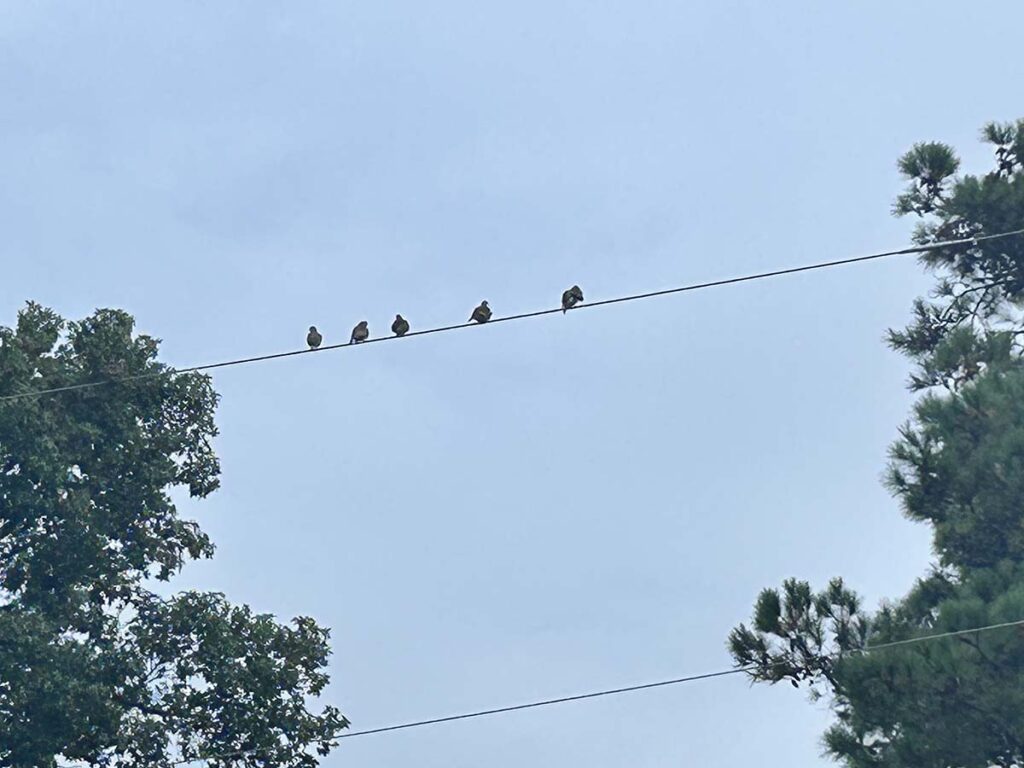
Dove hunting can be fast and furious. Even experienced wing shooters can have a tough time with a dove’s flying acrobatics, so plan on at least three boxes of shells. There’s a reason why game loads are sold in a 10-box flat. If you shoot lead, then 7½ or 8 shot is a good option for doves. If you shoot steel, increase the shot size to 6 or 7.
A good 12-gauge load will be a regular 2-3/4-inch shell with a 1-1/8 ounces load of pellets. For 20 gauge, a good dove load will have a 1-ounce payload. Inexpensive game loads are good for early season hunts, but later in the season, when shots are longer, high velocity loads are a good option because they have more shot and a higher velocity to make clean long range kills. You will be tempted to take longer shots and empty your gun when doves rocket into view. Don’t waste ammo on long shots unless you are confident you can make it and you are using the right choke and ammo.
Dove Hunting Gear
You can camo up as much as you want to, but I usually wear a camo shirt and hat and earth tone pants. It is usually still hot when dove season opens, so I wear shorts.
Since you will be sharing the field with other hunters, it’s a good idea to wear safety glasses. In the excitement of the hunt, some hunters may fire a low shot in your direction. Not on purpose, but it can happen. Safety glasses or sunglasses that can stop a pellet are good options. I also take electronic earplugs since The Who, Black Sabbath, Van Halen, and Metallica all helped to diminish my hearing, along with generous amounts of Federal, Winchester and Remington shot shells. Electronic earplugs also keep me in the conversation when there is a lull in the action. Plain earplugs on a cord are handy since they can lie around your neck.
A shell pouch makes reloading easier and faster than fumbling with a box of shells. I dump a box in one pocket and place empties in the other. An earth tone or camo vest is helpful to hold shells, empties, decoys, and birds.
Dove Hunting Decoys
There is no doubt that dove decoys bring in birds just like decoys do for ducks and geese. Decoys bring in the doves for close shots. They are worth the small investment. I use clip-on dove decoys and attach them to dead trees, fences, or with a stake pushed into the ground. I combine these plastic coo-ers with spinning wing decoys. Some spinners use the wind to move the wings and there are battery-operated spinning decoys. Opt for the battery-operated wing-spinners since they are easy for doves to spot and will entice them to land nearby.
Dove Hunting Chair
A seat is a wise piece of dove hunting gear since you will be closer to the ground and it allows you to keep your back against scrub brush to hide your silhouette. Some hunters are pretty lazy about concealment and in my experience, it’s better to have an element of surprise when doves are attracted to your decoys. Dove hunting chairs range from a plain five-gallon bucket with a padded lid to lightweight folding chairs that swivel and have a beverage holder. A five-gallon plastic bucket with a padded lid can hold decoys, shells, bottled water and the rest of your gear. I prefer the bare minimum because I’ll be packing in gear as well as packing it out. You do want to be comfortable and a chair gives your legs a rest.
Dove Game Prep
As soon as possible, pick up your birds, especially in hot weather. Place harvested birds in a shaded, cool area, then field dress the birds as soon as you can to prevent the meat from spoiling. The breast is the largest and most desirable part of meat on a dove.
Breasting out the dove is an easy method to clean the bird. First, rip apart the skin at the breast and insert your thumb in and under the breast, tearing it off the body. The wings will still be attached. I use heavy-duty poultry shears to clip off the wings. What you are left with is the beast’s meat and bones. The meat is easily removed from the bone with your thumb along the keel bone, which is the main bone between the two breast halves. Use your thumb to separate the breast meat from the bone.
Dove hunting is fun, especially when the birds are on a feed. An opening day dove season can seem like a carnival with the large crowds of hunters. The weather is still warm and you’ll get the opportunity to meet up with your hunting pals. Did I mention that doves are delicious morsels? In my opinion, a jalapeño popper is not a jalapeño popper without a sliver of dove breast meat.
More Bird Hunting:
- Best Over/Under Shotguns [Field Tested]
- Best Turkey Calls: Field Tested, Gobbler Approved
- Federal Premium Hi-Bird Review: Field Tested Pigeon Hunting
- Roasted Pheasant Recipe
Why You Can Trust CARNIVORE
Since its launch, CarnivoreWeb.com has been a trusted authority on hunting, fishing and wild food, delivering expert insight for outdoorsmen who live the field-to-table lifestyle. More than a hunting and fishing site, CarnivoreWeb.com covers the full spectrum of the modern outdoors—from rifles, bows, and fishing gear to cooking, conservation and adventure.
Our contributors are drawn from across the hunting and angling world, including seasoned guides, lifelong hunters, competitive shooters and outdoor writers with decades of field experience. Every review, article and feature is built on firsthand testing, deep research, and an unwavering commitment to accuracy.
Commitment to Journalistic Principles
At CarnivoreWeb.com, upholding journalistic integrity is our top priority. We follow strict editorial standards to ensure all content is accurate, transparent, and unbiased. Our editors and writers operate independently, free from outside influence, advertisers or stakeholders. We adhere to established journalistic codes of ethics, holding ourselves accountable for the information we publish, correcting errors when they occur and disclosing any potential conflicts of interest.
This commitment ensures that our readers can trust CarnivoreWeb.com to provide reliable, honest coverage that helps them make informed decisions—whether selecting gear, honing outdoor skills or preparing wild game.
Find out more about our Editorial Standards and Evaluation Process


